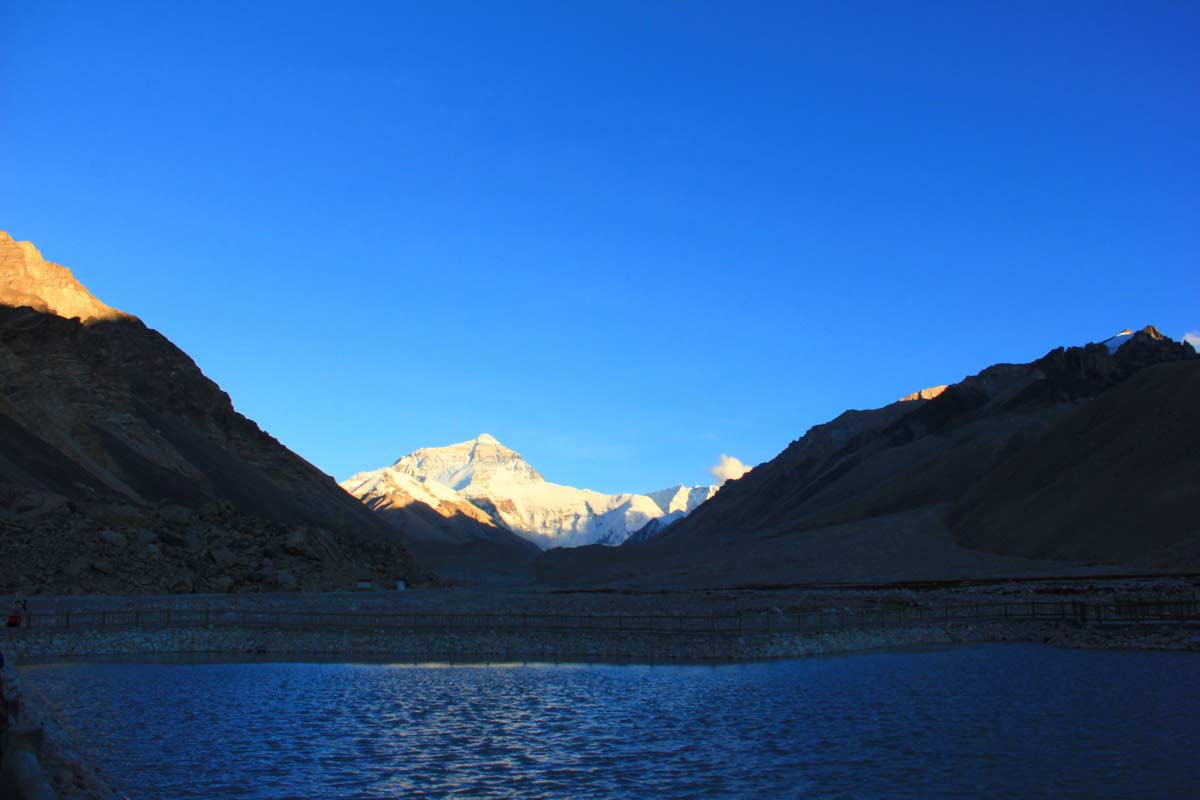Cascade Range: Travel, Volcanoes, Mountain, Facts, Origin
The Cascade Range is a significant mountain range in western North America, extending from Canada’s British Columbia by means of the U.S. states of Washington and Oregon to Northern California. This article will give an overview of Cascade Range volcanos, mountains, Oregon, location, climate, formation, facts, etc. Keep reading.
Cascade Range: A Natural Marvel
Geological Diversity: The Cascade Range comprises both volcanic and non-volcanic mountains, showcasing a range of landscapes, from rugged spires in the North Cascades to the towering volcanoes known as the High Cascades.
International Extension: A small portion of the Cascade Range extends into British Columbia, known as the Canadian Cascades or Cascade Mountains. This geographical feature is also referred to by Washington residents when mentioning the Washington section of the Cascades, including the North Cascades.
Ring of Fire Connection: As part of the Pacific Ring of Fire, a zone encircling the Pacific Ocean known for its volcanic activity, the Cascade Range holds significance. All known historic eruptions within the contiguous United States have originated from Cascade volcanoes.
Geographical Significance
Length and Scope: Stretching from northern California to British Columbia, Canada, the Cascade Range spans approximately 700 miles. Its vastness and varied terrain offer breathtaking vistas and serve as a source of inspiration and admiration.
Lasting Impact: The Cascade Range has left an indelible mark on the climate, agriculture, economics, and settlement patterns of the Northwestern United States and the Pacific Northwest region. Its influence has shaped the lives of generations, including Native American communities.
Historic Eruptions: Notable among the Cascade volcanoes is Lassen Peak, the most southerly active volcano in the chain. Its last eruption spanned from 1914 to 1921, marking a significant event in the region’s geological history.
Other Recommended Reading
- South Luangwa National Park Travel Plan
- Zion National Park – Weekend Travel Plan
- Mount Rushmore National Memorial Travel Plan
- Crazy Horse Memorial South Dakota Facts
- Black Hills National Forest South Dakota Travel Plan
- Blue Bell Campground Custer State Park Trip Plan
- Custer State Park South Dakota – Travel Plan
- Kiser Lake State Park – Travel Plan | Camping | Contact
- Homewood Mountain Resort – Review | Amenities
- Catalina Island Things to Do for Fun and Adventure
- How to Get to Catalina Island?
- Catalina Island Packages and Travel Plan
- Why Do People Love Catalina Island?
- Eagle Falls Washington – Hike | Trail | Description
- Catalina Island Ferry – Long Beach | Open | Discount | Price
- Frary Peak Trail Head Antelope Island Adventure
- Buffalo Point Trailhead – Hike Antelope Island
- Bridger Bay Campground Yellowstone National Park
- Bridger Bay Beach Antelope Island, Utah Travel
- Fielding Garr Ranch Utah – History | Horseback Riding

